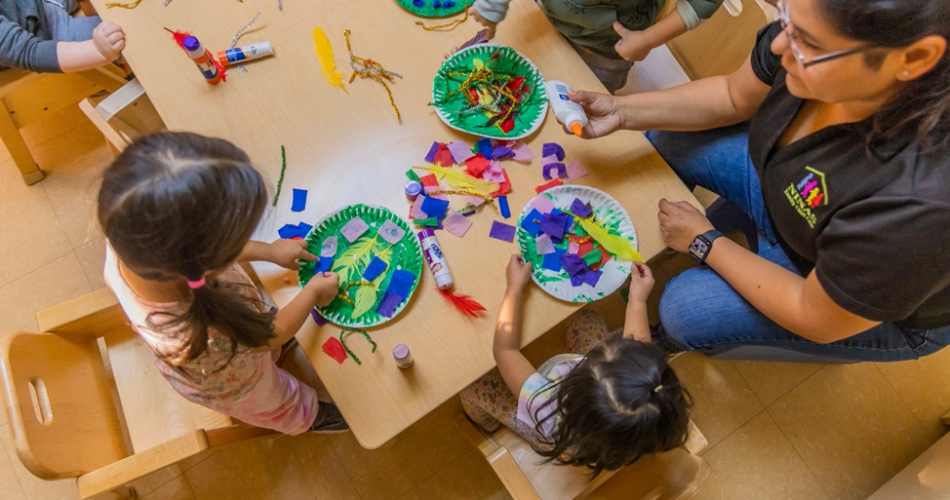In Quality First, we use the VISION model to guide the quality improvement journey, and every journey needs a roadmap. In this third stage, you’ll focus on setting goals and creating action steps for quality improvement. This quality improvement plan is your roadmap. It outlines your goal (your destination), and the action steps you’ll take
Category: Quality First
I is for Investigate: three ways to look at your current practices
Before beginning a journey, you need to know where you’re starting. In Quality First, we use the VISION model to guide the quality improvement journey. The second stage in the model focuses on investigating current practices. In this stage, you’ll gather information about children’s daily experiences in your program. (To learn about the first stage,
Boost Your Program’s Improvement Efforts with an Informal Assessment
A Quality First assessment provides feedback to recognize your program’s unique strengths and help you set goals for quality improvements using objective, research-based tools. Formal assessment is a regular part of participating in Quality First, but an informal assessment is also offered to all regulated early care and education providers in Arizona, whether your program
Tips for Making Materials Accessible to All Ages
Early childhood educators know children learn best through hands-on experiences. You can see the excitement of learning in an infant’s face when rattling a toy or as preschoolers splash at the water table. Your program’s daily routines, transitions and activities can either promote or hinder children’s access to materials. Here are a few tips on
Keep great teachers at your program: Three ways to boost retention
Early childhood program leaders know that finding and keeping qualified teaching staff is critical to providing a high-quality program. However, many of Arizona’s early childhood programs have seen an increase in teacher turnover over the course of the pandemic. Now as programs work to recover and rebuild, keeping a strong and stable staff is top
Help is Here: New System Supports for Arizona’s Early Childhood Programs
The COVID-19 pandemic brought significant losses and serious challenges to Arizona’s children and families. It also highlighted the needs of early childhood providers around the state. Fortunately, new funding made possible by federal and state investments are providing much-needed relief to support child care in our state. Supports include: Expansion of Quality First The budget
Engaging Families in Your Quality Improvement Process
Quality improvement involves reflecting on your practice, developing plans for improvement, taking action toward your goals and making adaptations along the way. Whether you are a business owner, program director, classroom teacher or caregiver, how you involve families in your improvement efforts can make a big difference in your success. Here are four ideas to
Making the most of your informal assessment feedback
The Quality First Assessment team provides informal assessment to offer objective feedback using the updated, third editions of the Environment Rating Scales (ERS) tools. This opportunity is available to licensed child care providers, including family child care and center-based programs serving children birth to age 5 in Arizona. Informal assessment provides you the opportunity to
Boost Your Program’s Improvement Efforts with an Informal Assessment
A Quality First assessment provides feedback to recognize your program’s unique strengths and to help you set goals for quality improvements using objective, research-based tools. An informal assessment is offered to all regulated early care and education providers in Arizona. Whether your program is enrolled in Quality First, on the waitlist or if you are








